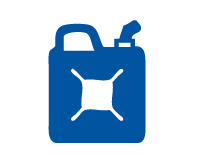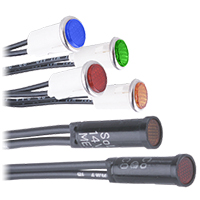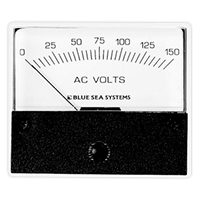Simple Ways to Protect your boat, Maintain Fuel and Stabilizer
Posted by Pacer on 11th Mar 2019


Fuel is an absolute essential on any boat with a motor. That's a no-brainer. The funny thing is, people tend to overlook their fuel and fuel tank and just assume everything is fine. Any veteran boater can tell you that the littlest thing can cause catastrophic problems. That is why it is a good idea to be aware of your fuel, the condition of your fuel tank, fuel tank cap, and fuel lines. An issue with any one of these will lead to problems I'm sure you'd rather not deal with. When maintaining your fuel remember, different motors have different requirements. Some motors require you to mix your fuel and oil at an exact ratio. Too much or too little and you're looking for trouble. An easy rule of thumb to remember to the 50 to 1 rule. Basically, most two-stroke engines require a 50:1 ratio of fuel to oil, although there are exceptions to this rule. This is another example of why it's important to be familiar with your motor and its needs. This way you're not lost trying to figure how much your specific motor needs while at the pump. One thing to remember, if the two-stroke motor is new, the ratio should be 25:1 for the initial operation period.
One thing people don’t consider is maintaining the fuel tank itself. Be sure to visually inspect the tank itself for signs of leakage or cracking. If there is strong discoloration from sun exposure, then the plastic may have begun the process of becoming brittle. While you're inspecting your fuel tank, inspect the cap as well. Make sure it easily go on and off without resistance. A loose fitting cap will allow moisture to enter the fuel tank which leads to another issue. If a tank is left partially full it leaves room for moisture to creep in which can cause a variety of problems. To prevent this, either keep the tank full whenever possible or drain the tank completely. The latter is the better choice for the offseason as most types of fuel undergo chemical changes when left dormant for too long. If you are going to store fuel in the tank for extended periods of time, be sure to add a protective stabilizer to keep the fuel from going bad and possibly causing long-term issues. The last thing to look at is the fuel lines. As the lines age, they tend to become brittle and crack which in turn causes leakage and is a potential fire hazard. The best thing to do is to replace them periodically so it never becomes an issue.

Things to Check:
- The tank itself
- Fuel tank cap
- Fuel lines
- Type of Stabilizer
Help alert yourself to trouble by using indicator lights:
Being aware of issues as they arise potentially prevents those issues from becoming problems. Indicator lights are the ideal solution when it comes to an advanced warning. If used properly, they can let you know when there is something wrong with your motor or electrical system. There are multiple styles and colors available in order to alert you to varying issues related to particular systems. In many cases, indicator lights are fairly easy to install, but installation should only be attempted if you know what you are doing and have experience working in an electrical system. The best idea is to have a trained professional properly install a light for each system that needs to be monitored. These are advantageous in situations where you may not immediately notice an issue.
Using meters is another way to be aware of potential issues:
Meters are used to measure a certain aspect of electrical or mechanical performance and even fuel levels. Being aware of problems as they arise is the best way to prevent long term damage to your boat, electrical system, and motor. There is a wide range of meters available to indicate the performance of a given system. Some of the most useful meters include; ammeters, voltmeters, and temperature gauges. These meters are fairly straight forward and measure what their name implies. So, of course, the ammeter measures amperage. You get the point. The important thing to remember is that these meters keep you aware of the action going on behind the scenes in your boats motor or electrical system. By paying attention to the meters you install, you can be one step ahead of trouble and prevent potential issues from becoming serious problems.


